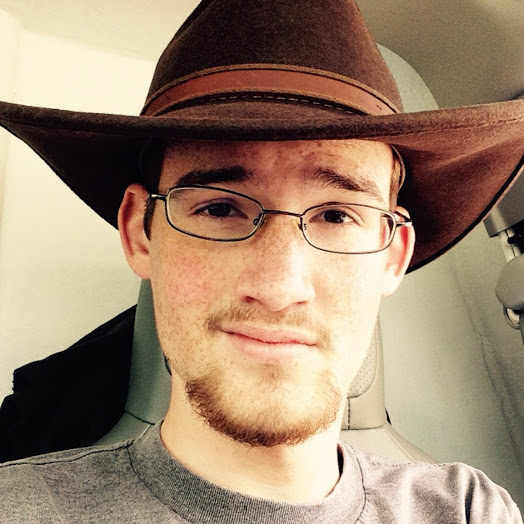Recently my club, Rainmakers, hosted a Round Robin, which is a practice tournament. After researching and studying the week in advance, the first day came.
Lincoln-Douglas values debate and speech events were held on the first day. I competed in LD, but no speech events. I must say that the resolution for LD this year is quite interesting; but maybe I'll give my thoughts on it in a later post. This was my first tournament doing Lincoln-Douglas values debate (because you can't do both forms of debate in normal tournaments), and I must admit, it was very challenging. Values debate is far more philosophical than policy debate; as a result, though policy debate is more time consuming, values debate is harder in the debate round. At the tournament I debated far better than I had ever in LD club.
The first round my mother came to watch me, for she had never watched me debate LD, and I think that it was possibly my best round. My opponent was a novice from a first-year club. Suffice to say, her case didn't hold up very well. At the same time, she responded to some of my argument very well. I hadn't ever gotten those refuting arguments before.
The second round I went against the most feared LD debater at the tournament, but did better than I had expected. A fellow LD debater watched my round and said that I had crushed him completely. The judge, on the other hand, had voted for him. The reason for this is because I am not the most smooth and polished speaker, and sometimes judges are persuaded by rhetoric alone. This also convinced me that this feared debater wasn't really that great, but just won mostly on speaking (several other people have said the same thing). Unfortunately, some people, well, most people don't really consider things logically, but are rather persuaded by whoever sounded more persuasive; even if someone is a horrible speaker, but they use great logic, they should easily win against someone who is a polished speaker, but doesn't use logic. Surprisingly, there are only a few judges out there that judge solely upon logic.
The third round was somewhat like the second, except I did better, and spoke just as well as my opponent.
The fourth round I did not debate well, and lost to a good friend of mine, who had not studied values debate, but is a policy debater. It was a humbling experience to lose to a policy debater who hadn't worked on values debate at all, but merely borrowed an affirmative and negative case from a friend. It was a fun round though, and, as they say, you learn more from the rounds you lose than the rounds you win.





























































